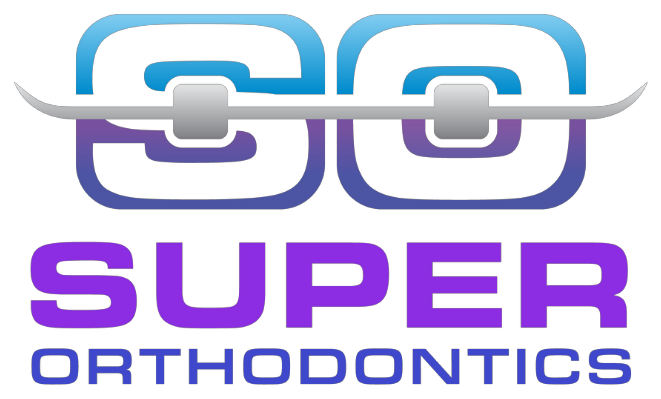Orthodontic treatments like braces and Invisalign are becoming increasingly common, with millions of children and adults opting for them to improve their smiles and oral health. It’s no surprise that orthodontics has grown in popularity—improving both the appearance and function of teeth can lead to a boost in confidence and better long-term oral health.
However, when it comes to paying for these treatments, many people are unsure whether their insurance, specifically Medi-Cal, will help cover the costs. If you’re a California resident and rely on Medi-Cal for your healthcare needs, understanding what the program covers is crucial.
So, does Medi-Cal cover orthodontics? Let’s explore the details.
Medi-Cal and Orthodontics: The Basics
Medi-Cal is California’s Medicaid program, designed to provide health insurance to low-income individuals and families. This comprehensive program covers a wide range of healthcare needs, including medical visits, hospital stays, and dental care. But when it comes to orthodontics, there are a few factors to keep in mind.
What Dental Services Does Medi-Cal Cover?
Medi-Cal’s dental coverage is part of its broader health benefits, which also include services like:
- Routine dental exams and cleanings
- Preventive dental care (sealants, fluoride treatments)
- Emergency dental services
- Restorative care (fillings, extractions)
However, orthodontics falls into a special category within Medi-Cal, and the coverage is subject to specific criteria.
Does Medi-Cal Pay for Braces?
Yes, Medi-Cal does cover braces in certain cases, but there are clear restrictions. To qualify for Medi-Cal’s orthodontic coverage, the treatment must be medically necessary. This means that braces are required not just for cosmetic purposes but to address serious dental conditions that can affect a person’s overall health.
What qualifies as medically necessary?
Here are a few examples:
- Severe misalignment of teeth that could affect speech, eating, or other functional aspects of dental health.
- Severe crowding prevents the proper alignment of teeth.
- Major bite issues such as an overbite or underbite can cause damage to the mouth or teeth.
What Conditions Does Medi-Cal Cover?
Medi-Cal offers orthodontic coverage for specific medical conditions that require treatment beyond cosmetic needs. Some of the qualifying conditions include:
- Cleft Lip and Palate
- Craniofacial Abnormalities
- Severe Bite Issues (such as overbites or underbites that affect function)
- Crossbites that cause damage to the soft tissues in the mouth
- Trauma or Injury to the teeth, jaw, or facial structures
If you or your child are dealing with any of these conditions, Medi-Cal may cover your orthodontic care, including braces. Be sure to consult with your orthodontist to determine your eligibility for coverage.
Age and Eligibility Requirements for Orthodontic Coverage
Medi-Cal’s orthodontic coverage has specific age and eligibility limitations. It primarily provides orthodontic benefits to children and adolescents under the age of 21. For individuals over 21, Medi-Cal generally does not cover orthodontics unless the treatment is deemed medically necessary, such as for conditions resulting from trauma or congenital issues.
Additionally, to access coverage, it’s important to choose an orthodontic provider that participates in the Medi-Cal network. In-network orthodontists are familiar with Medi-Cal requirements and can assist you with the application process to ensure you meet all necessary criteria.
Does Medi-Cal Cover Invisalign?
Invisalign is a popular alternative to traditional braces, but it can be more expensive. Fortunately, if you qualify for braces coverage under Medi-Cal, it’s possible that Invisalign could be partially covered as well. It’s important to consult with your orthodontist to determine whether Invisalign would be a suitable option for your treatment plan and how it fits with Medi-Cal’s coverage parameters.
Steps to Access Orthodontic Care Through Medi-Cal
To receive orthodontic treatment through Medi-Cal, you’ll need to follow these steps:
1. Get a Referral or Assessment: The first step is usually to get an assessment from your orthodontist. They’ll determine if you meet the criteria for medically necessary treatment.
2. Submit Pre-Authorization: Medi-Cal requires pre-authorization before any orthodontic treatment can begin. Your orthodontist will need to submit paperwork detailing your condition and why treatment is necessary.
3. Ensure the Provider is In-Network: Make sure your orthodontist participates in the Medi-Cal program. They’ll be familiar with the documentation and processes needed to get your treatment approved.
4. Understand Additional Costs: While Medi-Cal covers a portion of orthodontic treatment costs, there may still be some out-of-pocket expenses, like co-pays or deductibles. Be sure to clarify these costs with your orthodontist upfront.
Key Takeaways: Does Medi-Cal Cover Orthodontics?
Medi-Cal does cover orthodontic treatment but with certain restrictions. It primarily covers medically necessary orthodontic care for children and adolescents under the age of 21.
If you or your child require orthodontic treatment, it’s important to work with an orthodontist familiar with Medi-Cal’s requirements to ensure that you meet the eligibility criteria. If you’re unsure whether your condition qualifies, don’t hesitate to contact Super Orthodontics.
Looking for an expert orthodontist in Encino or Los Angeles?
Super Orthodontics is here to help you understand your options and get the care you need. Dr. Amir Assefnia, Board-Certified Orthodontist, and his team are experienced in working with Medi-Cal and can help guide you through the process. Schedule your consultation today!





